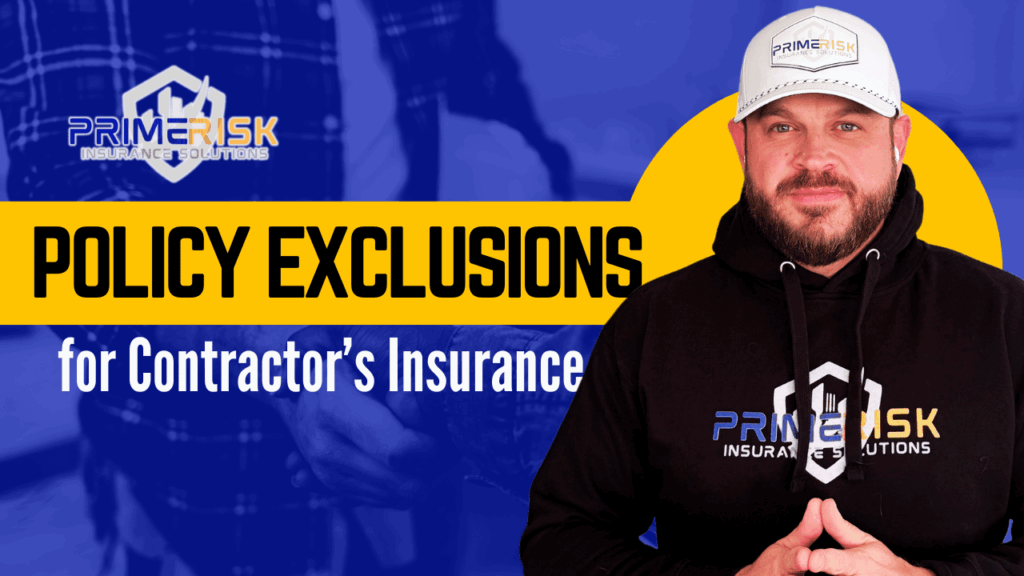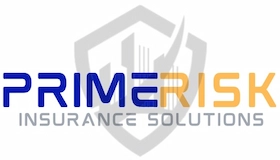
Could one overlooked clause in your insurance policy put your entire construction business at risk?
Are you unknowingly exposed because of the subcontractors you trust or the properties you once owned?
Many Arizona contractors think their policy will be there when they need it—until it isn’t. This guide cuts through legal jargon and shows you the hidden exclusions that can derail your operation. By the end, you’ll understand which clauses matter most, why they often trigger denied claims, and how to proactively protect your business from financial devastation.
Why Exclusions Matter More Than Your Coverage Limits
In the Arizona construction industry, policy exclusions—not low limits—are what cause the biggest claim denials.
Contractors often discover too late that their policies don’t cover common worksite risks. That’s because many exclusions eliminate protection exactly when you assume you’re covered. Worse, these clauses are buried in endorsements, technical terms, or policy definitions that don’t surface until your carrier investigates a claim.
Arizona’s unique mix of residential growth, subcontractor reliance, and harsh environmental conditions only makes these risks more complex.
The Most Dangerous Exclusions Hidden in Contractor Policies
Property Damage: The “J” Series
These exclusions apply when you damage property related to your operations—something that happens more often than many contractors realize.
- j(1): No coverage for property you own, rent, or occupy. If you lease a space to complete a tenant buildout and accidentally cause structural damage, your policy may not respond.
- j(2): Eliminates coverage for property you’ve sold. If a defect arises after the sale, and the buyer sues, your CGL won’t help.
- j(3) and j(4): Block coverage for anything under your “care, custody, or control.” This is especially risky in remodels or jobs where client property is stored on-site.
Arizona’s subcontractor-heavy model and tight project schedules mean these exclusions come into play more often than most realize.
Ongoing Work: Exclusions j(5) and j(6)
These two clauses eliminate coverage while work is still in progress.
- j(5): No coverage for damage to the specific part of the project being worked on.
- j(6): Excludes damage caused by improperly performed work—until the job is completed.
This matters because most damage happens during construction, not after. Once work is finished, your completed operations coverage must kick in—but many Arizona contractors find that this has been limited or excluded.
“Your Product” and “Your Work” Clauses
- Exclusion k: If your cabinets, built-ins, or custom installations fail, your policy won’t pay to replace them.
- Exclusion l: Completed work is excluded—unless the damage is caused by a subcontractor’s faulty workmanship. This clause protects general contractors when structured correctly, but you need clear subcontractor agreements and certificates of insurance to use it effectively.
Arizona-Specific Coverage Gaps Contractors Overlook
Residential Exclusions in Commercial Policies
If you’re dual-licensed (KB-1) or take on high-end residential work, double-check your policy. Some commercial carriers include hidden endorsements that eliminate coverage for B-licensed work.
Ask your broker directly: “Is residential work excluded anywhere in this policy?”
Subcontractor Work Exclusions
Arizona construction depends on subs—but many CGL policies have language that limits or excludes subcontractor-caused claims, especially if they aren’t properly insured or if you’re not listed as additional insured.
Look for endorsements like CG 22 94 or CG 21 39. If you see them, get clarification in writing.
Pollution Exclusions
Construction dust, paint fumes, adhesives, or debris runoff may all fall under your policy’s pollution exclusion—even if you’re not performing environmental work.
In Arizona, where dust regulation is strict and environmental conditions are sensitive, a Contractors Pollution Liability (CPL) policy is often essential.
Five Proactive Steps Contractors Should Take
- Schedule a full exclusion review with your broker—not just a summary of coverages.
- Verify completed operations is included and aligns with your project timelines.
- Review subcontractor agreements and insurance certificates annually.
- Add pollution coverage if you dig, spray, pour, or disturb soil.
- Document everything—especially site control, project phase handoffs, and subcontractor scopes.
Strong Documentation Reduces Claim Disputes
Even if a claim triggers an exclusion, you may still prevail—if your documentation supports your position.
Maintain:
- Daily reports of jobsite conditions
- Logs of subcontractor activity
- Evidence of safety and quality control checks
- A clear project timeline marking substantial completion
This documentation helps differentiate between active work and completed operations, clarify control and occupancy issues, and prove subcontractor responsibility.
What Smart Contractors Do Next
The most financially damaging claims are the ones you thought were covered—until you read the exclusions. But with the right knowledge and preparation, you can structure coverage that protects you from both expected and unexpected risks.
If you’ve grown from solo jobs to managing subs and taking on larger contracts, now is the time to reassess your policy—not after a claim is denied.
The Flood Insurance Guru works with Arizona contractors who need more than just a certificate. We specialize in protecting builders who are growing, hiring, and documenting—just like you. We’ll review your exclusions, explain the impact, and help you make smart, defensible coverage choices.

